 Japanese beetles have been one of the most troublesome backyard insect pests in the Eastern and Upper Midwest regions of the U.S. ever since 1916, when they hitched a ride on a container of ornamental plants from Japan.
Japanese beetles have been one of the most troublesome backyard insect pests in the Eastern and Upper Midwest regions of the U.S. ever since 1916, when they hitched a ride on a container of ornamental plants from Japan.
Stopping these pests, which feed on and destroy nearly everything in a landscape, is vital to maintaining a healthy garden and protecting your investment.
While Japanese beetles are universally despised, opinions differ on the best way to battle them. Options range from pesticides to picking them off by hand.
However, according to expert Dr. Michael Klein, pheromone Japanese beetle traps are the most effective, environmentally friendly method of combating Japanese beetles.
And he should know. For 35 years, Dr. Klein was a research entomologist at the USDA's Agricultural Research Service lab, specializing in garden insects. Japanese beetles are his area of expertise. Over the years, he has used pheromone traps to protect the prized rose bushes and other plants in his own back yard.
Dr. Klein says the "conventional wisdom" about Japanese beetle traps is comprised of misconceptions, and he offers three “myth busters” to help gardeners win the battle against beetles:
 Myth #1: Traps lure Japanese beetles from miles around.
Myth #1: Traps lure Japanese beetles from miles around.
Wrong! The facts: Most attractants lure beetles from no more than 200 yards, says Dr. Klein. Japanese beetles, however, are strong fliers and travel several miles, touching down at random intervals to see what's available to eat. If a yard looks attractive, they will come in for a meal– unless a trap is set to intercept them. Japanese beetle traps only lure beetles that are already near the yard. One type of setting where traps could be an issue is around a golf course or large turf area, Dr. Klein says -- but not in the average yard.
Myth #2: Traps make the problem worse by luring more beetles than they catch.
Wrong! The facts: This is the biggest misconception in Japanese beetle history. The problem occurs when Japanese beetle traps are placed incorrectly. If placed next to a rose bush, Japanese beetles will be attracted to that area, and may land on the roses rather than in the trap.
Myth #3: Pesticides are safe to use on Japanese beetles.
Wrong! The facts: Insecticides may work on adult beetles, but they also kill beneficial pollinators, like bees. Japanese beetle traps offer safe and “green” alternatives to chemical sprays targeting these bugs.
Dr. Klein insists that "Pheromone traps provide a visible means of combating Japanese beetles without having a negative effect on the environment.”
Click here for tips on using Japanese Beetle Traps effectively.
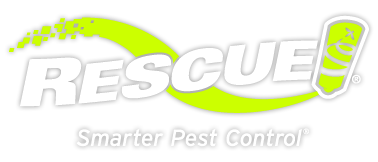

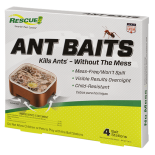 Ant Baits
Ant Baits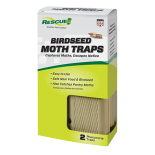 Birdseed Moth Trap
Birdseed Moth Trap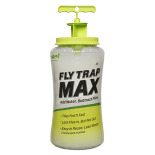 Fly Trap Max
Fly Trap Max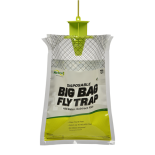 Fly Trap, Big Bag
Fly Trap, Big Bag 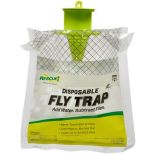 Fly Trap, Disposable
Fly Trap, Disposable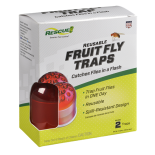 Fly Trap, Fruit Fly
Fly Trap, Fruit Fly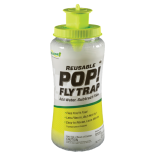 Fly Trap, POP! Fly
Fly Trap, POP! Fly 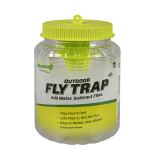 Fly Trap, Reusable
Fly Trap, Reusable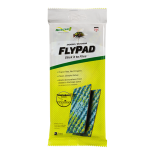 FlyPad
FlyPad Japanese & Oriental Beetle Trap
Japanese & Oriental Beetle Trap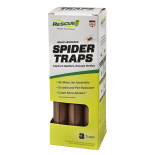 Spider Trap
Spider Trap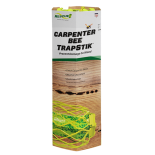 TrapStik, Carpenter Bee
TrapStik, Carpenter Bee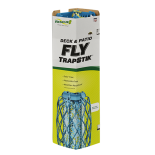 TrapStik, Deck & Patio Fly
TrapStik, Deck & Patio Fly 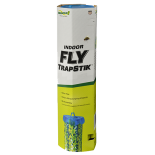 TrapStik, Indoor Fly
TrapStik, Indoor Fly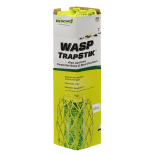 TrapStik, Wasp
TrapStik, Wasp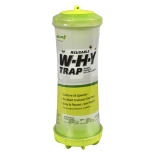 W·H·Y Trap for Wasps, Hornets & Yellowjackets
W·H·Y Trap for Wasps, Hornets & Yellowjackets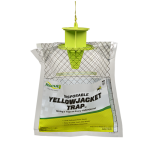 Yellowjacket Trap, Disposable
Yellowjacket Trap, Disposable 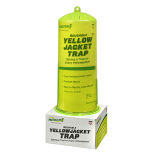 Yellowjacket Trap, Reusable
Yellowjacket Trap, Reusable 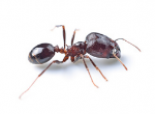 Ants
Ants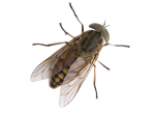 Biting Flies
Biting Flies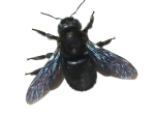 Carpenter Bees
Carpenter Bees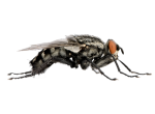 Flies
Flies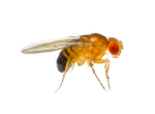 Fruit Flies
Fruit Flies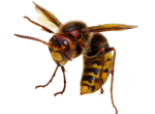 Hornets
Hornets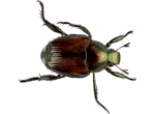 Japanese Beetles
Japanese Beetles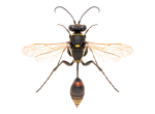 Mud Daubers
Mud Daubers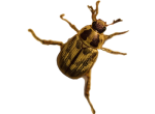 Oriental Beetles
Oriental Beetles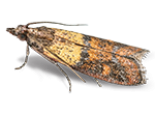 Birdseed & Pantry Moths
Birdseed & Pantry Moths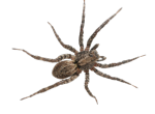 Spiders
Spiders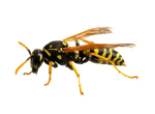 Wasps
Wasps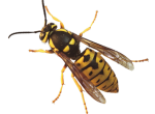 Yellowjackets
Yellowjackets